Introduction
Char siu pork ribs, a beloved staple of Cantonese cuisine, are renowned for their striking red hue, caramelized glaze, and the perfect balance of sweet, savory, and smoky flavors. While this dish is often associated with bustling Chinese barbecue shops, achieving restaurant-quality results at home is entirely feasible with the right techniques and ingredients. This comprehensive guide will walk you through every step of crafting mouthwatering char siu pork ribs, from selecting the finest cuts of meat to mastering the iconic glaze that defines this dish. Whether you’re a seasoned home cook or a curious novice, this recipe promises to elevate your culinary repertoire with a dish that’s as impressive as it is delicious.
Understanding Char Siu: A Brief Cultural Overview
The term char siu translates to “fork roasted,” a nod to the traditional method of cooking marinated meat over open flames using skewers or forks. Originating in China’s Guangdong province, this cooking style was historically employed to prepare meats for banquets and celebrations. Today, char siu is celebrated globally, with variations emerging in kitchens worldwide. While pork is the most common protein, the same marinade and cooking techniques can be applied to chicken, duck, or even tofu. However, pork ribs hold a special place in this culinary tradition, offering a satisfying interplay of tender meat and crispy, flavor-packed edges.
Ingredients: Building Flavor Layer by Layer
The magic of char siu pork ribs lies in its marinade—a harmonious blend of sweet, salty, umami, and aromatic elements. Below is a breakdown of the essential components, along with substitutions for accessibility:
-
Pork Ribs:
- Type: Opt for pork spareribs or baby back ribs. Spareribs, cut from the belly, are fattier and more flavorful, while baby back ribs (from the loin) are leaner and quicker to cook.
- Preparation: Ask your butcher to “French” the ribs (trim excess fat and silverskin) for a neater presentation. If cutting at home, use a sharp knife to remove the membrane from the bone side for tender results.
-
Marinade Base:
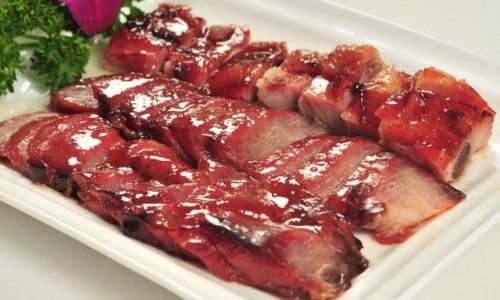
- Hoisin Sauce: This thick, fermented soybean paste forms the backbone of the marinade, contributing sweetness and depth.
- Soy Sauce: Use dark soy sauce for color and richness, or a mix of dark and light soy for balance.
- Honey or Maltose: Traditional recipes use maltose (a sugar syrup) for its sticky texture and high-temperature stability, but honey is a convenient alternative.
- Rice Wine or Shaoxing Wine: Adds complexity and tenderizes the meat. Substitute with dry sherry or mirin if unavailable.
-
Aromatics and Spices:
- Five-Spice Powder: A blend of star anise, cinnamon, fennel, cloves, and Sichuan peppercorns. Adjust quantities to taste.
- Garlic and Ginger: Freshly minced for a pungent kick.
- Red Food Coloring (Optional): For the iconic red tint. Natural alternatives like beet juice or annatto powder work but yield a subtler hue.
-
Glaze Enhancers:
- Oyster Sauce: Amplifies umami.
- Sesame Oil: A finishing touch for nutty aroma.
- Neutral Oil: For grilling or roasting.
The Marinating Process: Patience Rewarded
Marinating is non-negotiable for char siu ribs. The acids in the marinade (from soy sauce and wine) tenderize the meat, while the sugars and spices infuse it with flavor. For optimal results:
- Combine all marinade ingredients in a large bowl, adjusting sweetness and spice to taste.
- Submerge the ribs in the marinade, ensuring even coating. Use a zip-top bag for easier handling.
- Marinate for at least 4 hours, ideally overnight, in the refrigerator. Turn the ribs occasionally to redistribute the marinade.
Cooking Methods: Grill vs. Oven
Char siu ribs can be cooked over an open flame or in an oven, each method offering distinct advantages.
Option 1: Grilling (for Smoky Depth)
- Preheat the grill to medium-high heat (around 375°F/190°C).
- Oil the grates to prevent sticking.
- Grill the ribs for 15–20 minutes per side, basting with reserved marinade every 5 minutes.
- Finish with a glaze: During the final 5 minutes, brush on a thick layer of honey or maltose mixed with a splash of soy sauce for caramelization.
Option 2: Oven Roasting (for Consistency)
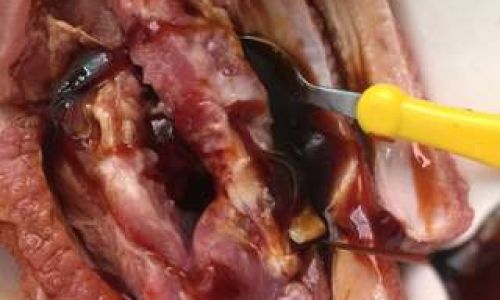
- Preheat the oven to 325°F (160°C). Line a baking sheet with foil and place a wire rack on top.
- Arrange the ribs on the rack, bone-side down. Roast for 1.5 hours, basting every 20 minutes.
- Increase heat to 425°F (220°C) for the final 10–15 minutes to char the edges. Apply glaze during this phase.
Achieving the Perfect Glaze: The Final Flourish
The glaze is what transforms simple ribs into char siu masterpieces. Here’s how to nail it:
- Reserve ¼ cup of marinade before adding the meat. Simmer it in a saucepan over low heat until thickened (5–7 minutes).
- Brush the glaze generously during the last stages of cooking. The high heat will caramelize the sugars, creating a lacquered finish.
- Rest the ribs for 10 minutes after cooking. This allows the juices to redistribute, ensuring tender, moist meat.
Serving Suggestions: Elevating the Experience
Char siu pork ribs are a centerpiece dish, best enjoyed family-style. Pair them with:
- Steamed Jasmine Rice: To soak up the sticky glaze.
- Pickled Vegetables: For a tangy contrast.
- Fresh Herbs: Cilantro or Thai basil add brightness.
- Dipping Sauce: A mixture of soy sauce, rice vinegar, and chili oil for extra zing.
Troubleshooting Common Pitfalls
- Burnt Glaze: Reduce oven temperature or move the ribs to a cooler grill zone if caramelization happens too quickly.
- Dry Meat: Overcooking is the enemy. Use a meat thermometer—ribs are done at 145°F (63°C), though many prefer them at 160°F (71°C) for fall-off-the-bone tenderness.
- Bland Flavor: Ensure the ribs marinate adequately. Taste the marinade beforehand and adjust seasoning if needed.
Variations and Adaptations
- Gluten-Free: Use tamari instead of soy sauce.
- Spicy Kick: Add Sriracha or crushed red pepper flakes to the marinade.
- Low-Sugar Option: Substitute honey with monk fruit sweetener or apple juice.
- Vegetarian Twist: Marinate and roast oyster mushrooms or seitan in the same glaze.
Conclusion: The Joy of Homemade Char Siu
Crafting char siu pork ribs at home is a labor of love, but the results are undeniably rewarding. Each bite offers a symphony of textures and flavors—crispy edges, tender meat, and a glaze that clings to your palate long after the last morsel is gone. Whether you’re hosting a dinner party or simply craving a taste of nostalgia, this recipe invites you to slow down, savor the process, and revel in the culinary heritage that has made char siu a timeless classic. So fire up the grill, preheat the oven, and let the tantalizing aroma of marinated pork fill your kitchen—your journey to char siu mastery begins now.
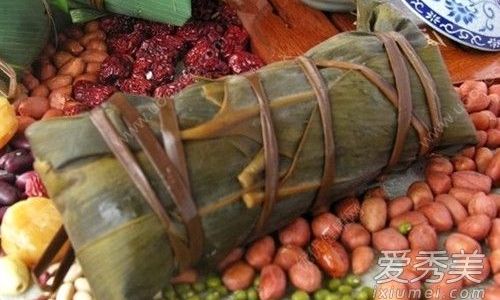
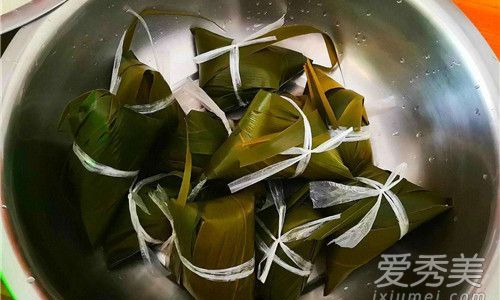
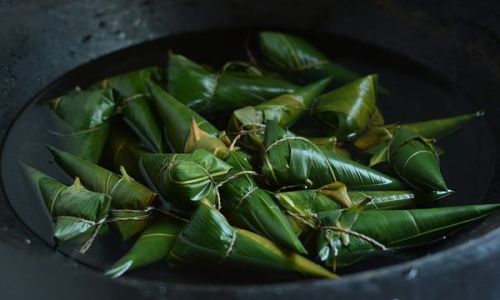

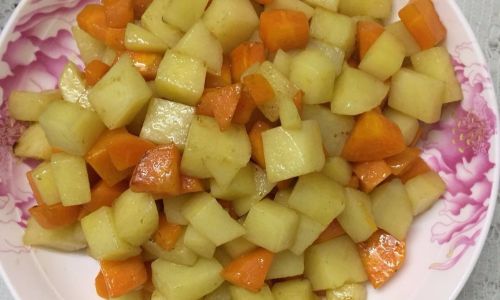
0 comments